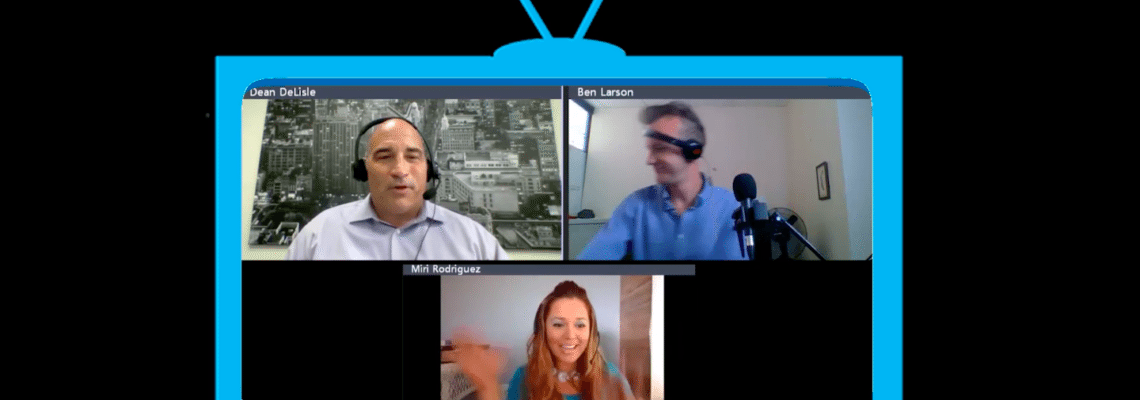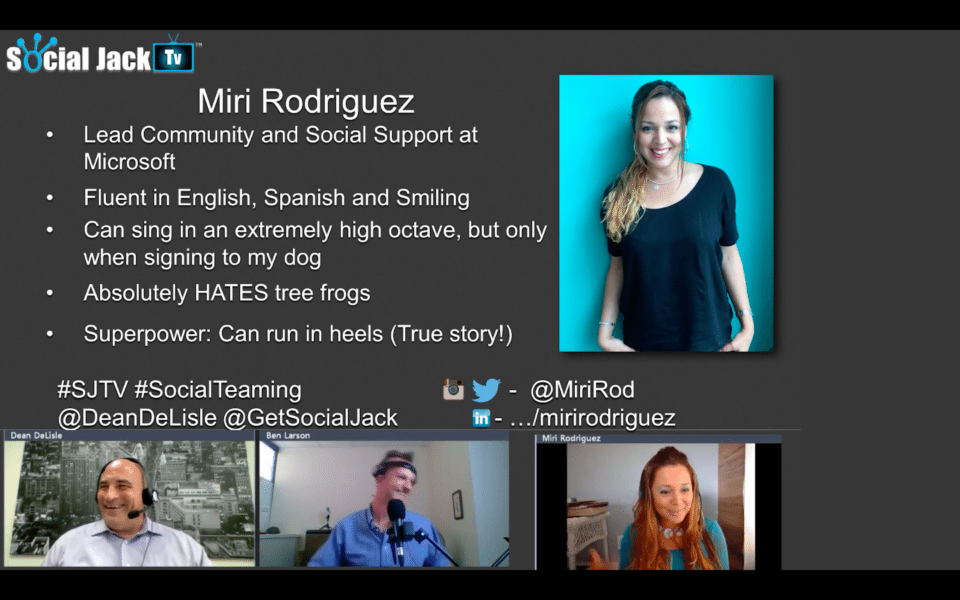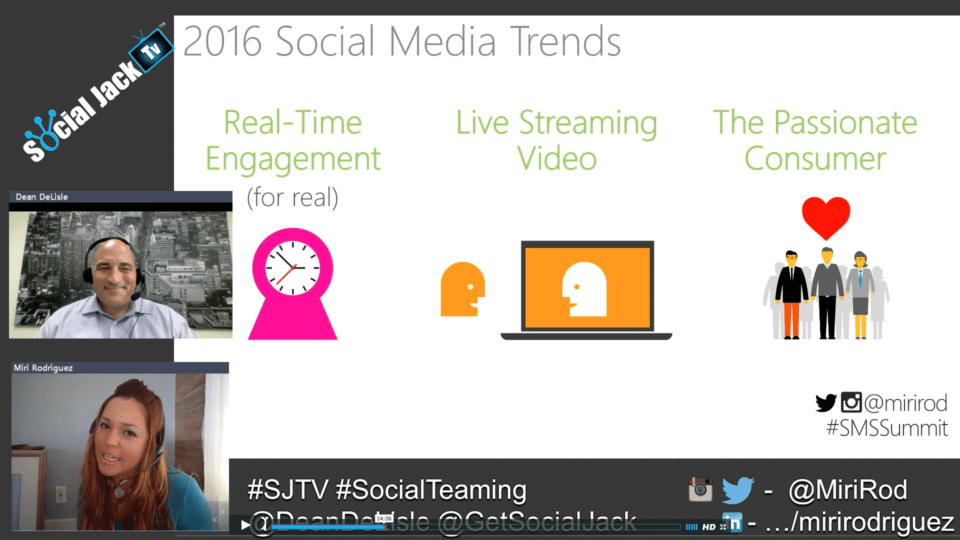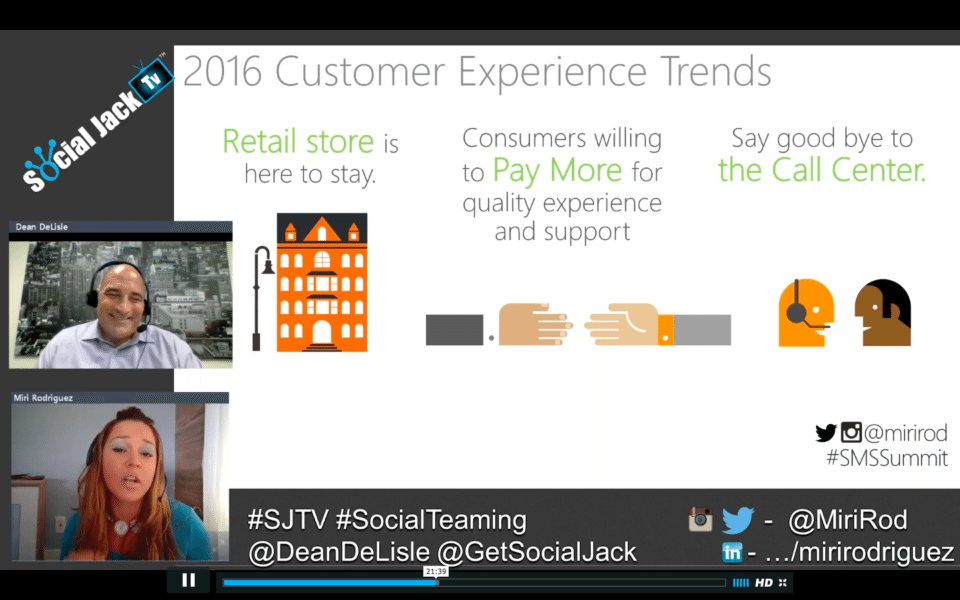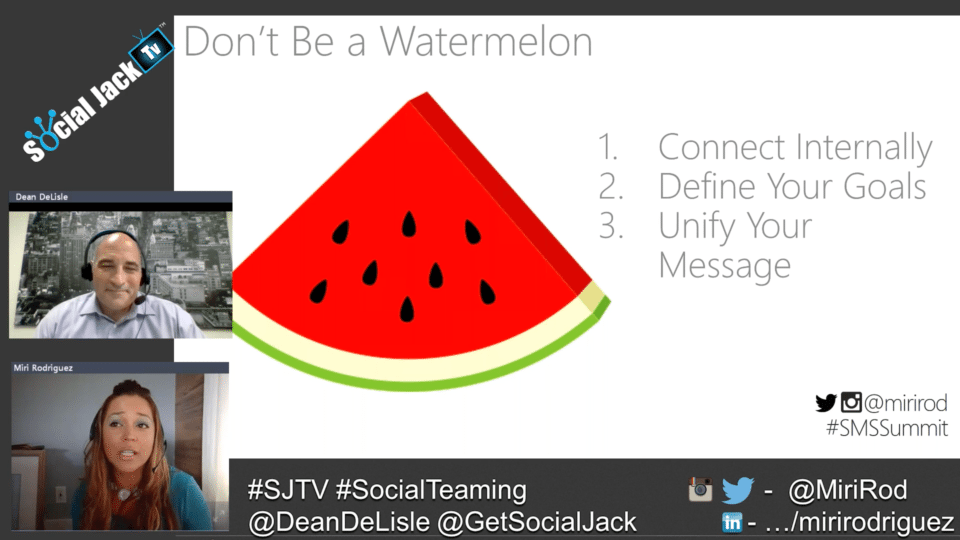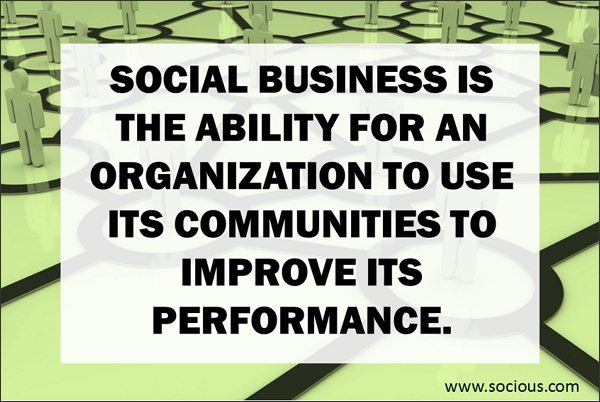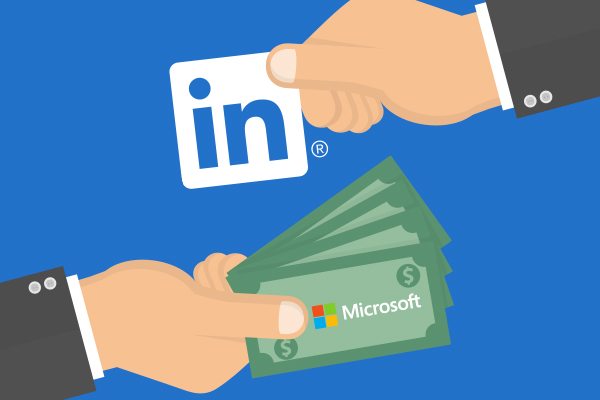
On – 01 Dec, 2016 By Dakota Shane Nunley
We all know Instagram as one of the most visually appealing platforms on the web. With it’s visual design, Instagram has done for photographers, models, and fitness entrepreneurs what YouTube did for filmmakers: provide a previously-unavailable platform to a community of creatives. For these influencers and entrepreneurs, Instagram has been an absolute godsend for their business.
However, from the standpoint of most ROI-focused brands, Instagram has proven nonessential at best.
This comes to no surprise because what makes Instagram so unique also makes it difficult to monetize, convert leads into sales, and so on. I’m sure those who work at Instagram (and especially the platform’s mother, Facebook), know the downside of this chink in the armor of the social media giant.
But change is coming…Well, actually, it’s kinda already here.
A few recent, strategic updates could result in a tumultuous shift for the platform. These new features, along with Instagram’s existing design, could mold the platform into the strongest selling tool for ecommerce we have seen since over two decades. Period.
Here’s why…
1. The Shop Now Button
In early November 2016, Instagram announced it would be adding a Shop Now button (article here), where brands can link checkout carts to their products displayed in posts.
Here’s an example:
At the moment, brands like Warby Parker and JackThreads are experimenting with the feature.
Think about it: More than 84% of smartphone users in the US browse, research or compare products via a web browser or mobile app. Thus, when it comes to brand’s funneling money into a social media platform (aka monetization), what could be more powerful than linking products as they appear in high-resolution, lifestyle photography?
Note: If you think of any tools more powerful, let me know and maybe I’ll join you in creating it!
2. Instagram Stories
Let’s not get ahead of ourselves here. Selling stuff takes time. It takes explanation. It takes contemplation. Why do you think infomercials are so damn long? Because it takes hard work for a consumer to gain trust in you as the seller.
Yet, the most important factor in selling is context. Social media mogul, Gary Vaynerchuk, goes as far to say “content is king, but context is God”.
When it comes to social media however, context is exactly what is missing. Previously, YouTube, Snapchat, and blogs were some of the only mediums that enabled users to nurture an intimate, authentic relationship with their audience.
That changed when Instagram Stories hit the market.
Now, Instagram has the potential to hold the same power, the same authenticity and intimacy Snapchat gives users.
I’m not saying Snapchat and Instagram Stories are now equals. In fact, one could reasonably argue Snapchat’s secretive brand will only gain more momentum as other platforms try to replicate it.
What I am saying though, with the addition of Stories, Instagrammers now are able to connect with audiences on a much deeper level in a Snapchat-esque fashion.
Which brings us to our next point…
3. Links Within Instagram Stories
Not only will Instagrammers be able to create Snapchat-like intimacy with their followers, they’ll also be able to promote and share content via a recent update to Stories: link sharing.
While this may not seem like a huge deal, it comes from a company that has lasted 6 years with only allowing one link per user at a time, so the update marks a shift from it’s original design to one eager to monetize. In a recent piece, The Verge told readers that Nathan Sharp, an Instagram product manager, said the company added links in Stories in response to the large number of brands using the feature to promote content there.
Now, imagine if you are an entrepreneur promoting your newest product on Instagram. Using Stories, you would be able to showcase your product, explain the reasons to buy it, then link up the checkout page so your users can purchase it right then and there.
Essentially, you’ll be able to host your own mini-webinar using only your smartphone.
4. Influencer Marketing’s Dream Child
If you keep a close pulse on marketing trends, you know influencer marketing is growing by leaps and bounds regarding brand budgets.
When it comes to influencer marketing, one of the biggest hurdles is driving direct traffic and conversions for the brands who are paying for it. At the end of the day, awareness is great, but conversions are the true marker of a “successful” campaign.
Because of this, most of the influencer marketing on Instagram has centered around generating awareness. This strategy definitely makes sense given the typical CTRs on the channel being 0.4%.
With the addition of links to Instagram Stories, brands will be able to measure conversions easier than ever before. Influencers can tag the brand in their Stories and link up their products they are wishing to sell.
If you’re a travel blogger paid by a brand to visit and review a destination, you’ll be to capture raw footage of the location via Stories, then link up your blog post covering the campaign promotion.
If you’re an Instagram fashion influencer paid by a brand to wear their gear, you’ll be able to scroll through the various products you received, link up the specific product page of each, and direct your audience further down the sales funnel.
5. Discoverability
In addition to all of the other new features, Instagram has also announced Stories will now be displayed on Explore.
The success of Google and proliferation of SEO proved how much brands will shovel money into increasing the likelihood of being “discovered” by consumers. On Instagram, if all goes according to plan, brands will eventually invest in securing high spots on the Explore tab.
In this sense, brands with similar products and services will now be able to capitalize on audience’s similar interests, making Instagram an even more enticing platform to throw money at than ever before.
6. Concision
While the other points made in this article are either features or implications of those features, this point is more high-level. More than likely though, it is the most important aspect of Instagram when it comes to molding it into the most powerful eCommerce tool we have seen in a decade: concision.
Instagram is completely visual. It is free of clutter. With only 87 characters before the Read More option appears in the caption, it is also free of over-explaining. Thus, it is up to the user to interpret the highly-visual content for themselves.
Instagram is a platform completely focused on mobile. On your smartphone, you can’t have 20 tabs open at once. On your smartphone, you can’t split-screen with two monitors. On your smartphone, it is just you alone with a single screen. It’s a much less distracting, almost intimate experience when compared to desktop.
Based on these factors, Instagram has forced creators to do what they do best: be creative. It has forced them to be succinct and tell stories through pictures, not words.
I would argue this makes Instagram the most formidable for selling products because it boils down consumer’s options. And what is the first thing any marketing course teaches you? To always have a clear, concise call to action. For this reason, Instagram would get an A+ in any marketing course.
Instagram is making moves. Big ones. Yet, with how fast the social media landscape moves, it’s easy to think of a platform’s new features as “just another new update”.
Taking a step back and looking at the big picture would be extremely beneficial for anyone who utilizes social media for their business, for their stock portfolio, or for enjoyment.
One of the many big pictures we are looking at here is this: if Instagram continues on this trajectory, it has the opportunity to become the biggest selling tool we have seen in the last 20 years.
Source:
https://www.socialmediaexplorer.com/content-sections/cases-and-causes/6-reasons-instagram-can-become-powerful-ecommerce-tool-social-media-ever-seen/


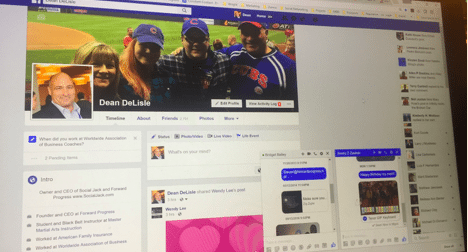











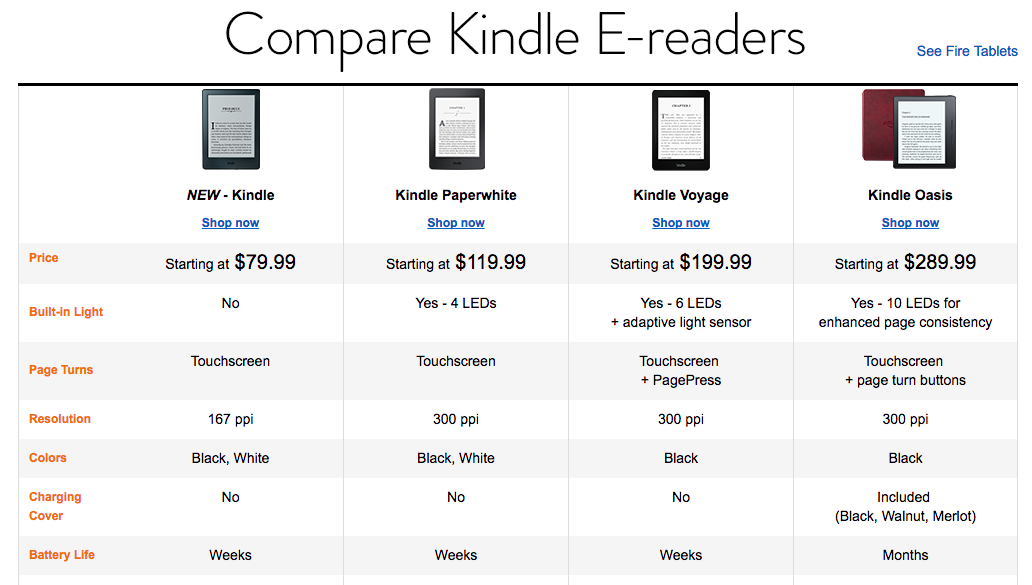
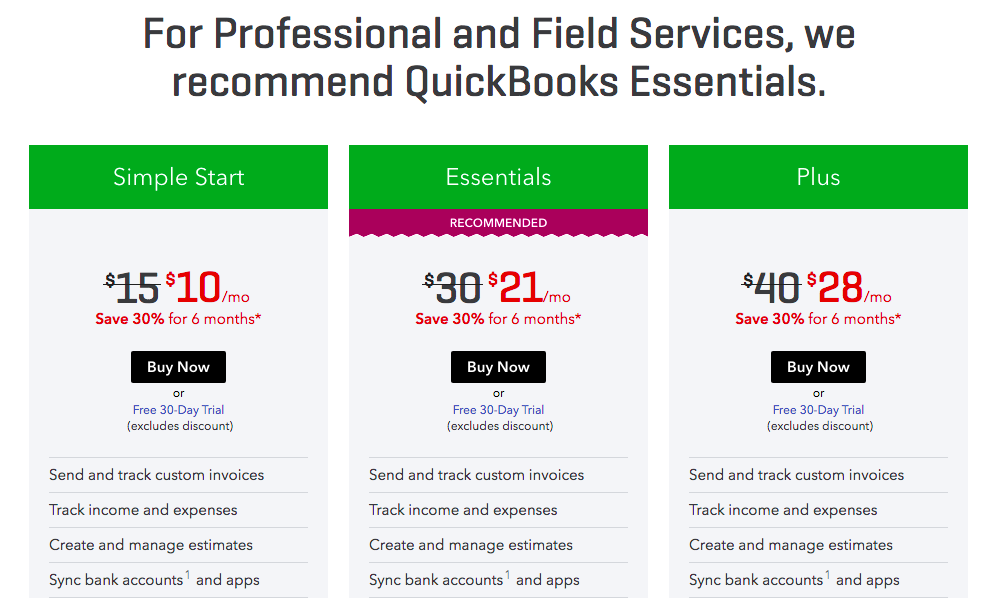
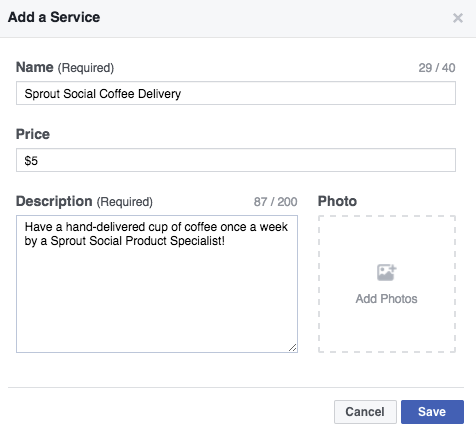



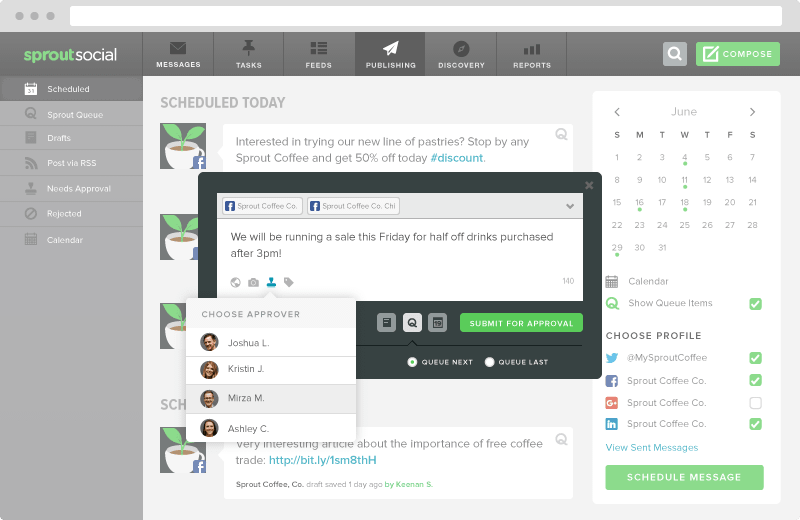



 Now here are the five steps that will help your content marketing plans:
Now here are the five steps that will help your content marketing plans:
